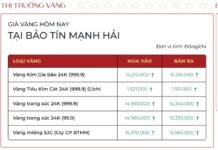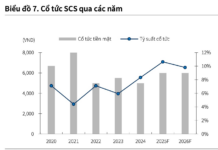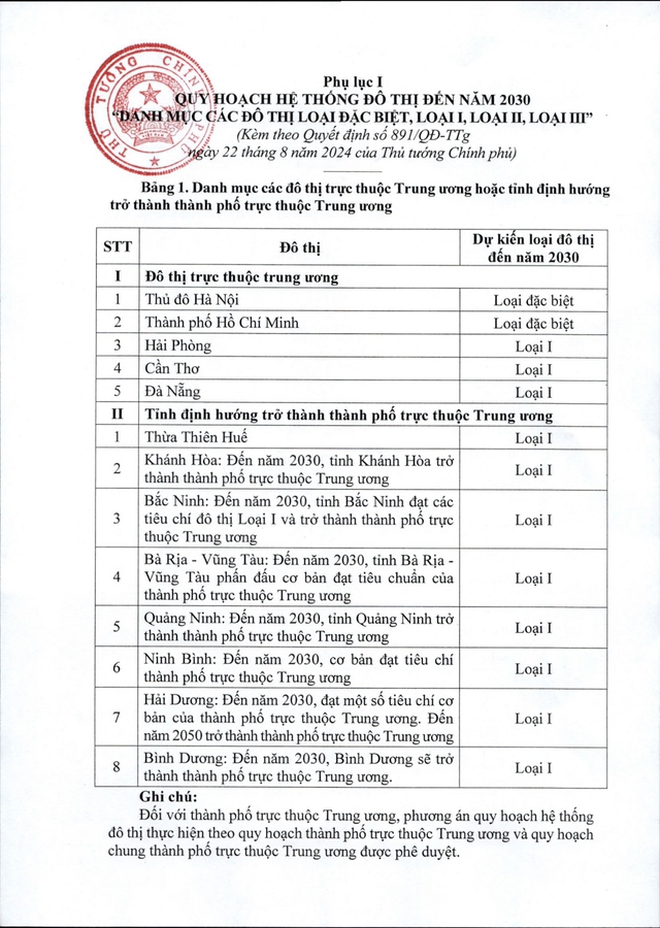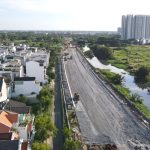The Prime Minister has recently issued Decision No. 891/QD-TTg, dated August 22, 2024, approving the master plan for urban and rural development for the period of 2021–2030, with a vision towards 2050.
This plan aims to accelerate and enhance the quality of urbanization, developing, organizing, and distributing a cohesive and efficient system of urban and rural areas by 2030. The goal is to create modern infrastructure that aligns with developmental conditions, providing a healthy living environment that is resilient, adaptable to rising sea levels and climate change, environmentally friendly, and emission-reducing.
The master plan emphasizes the development of at least five international-scale cities, acting as pivotal connectors to regional and international networks. The economic structure of these urban areas is envisioned to be modern, with a focus on green and digital industries constituting a significant proportion.
Looking ahead, there will be five centrally governed cities: Hanoi, Ho Chi Minh City (expected to become a special type of city by 2030), Hai Phong, Can Tho, and Da Nang (anticipated to be a type I city by 2030). Additionally, eight provinces are oriented to become centrally governed cities: Thua Thien Hue, Khanh Hoa, Bac Ninh, Ba Ria – Vung Tau, Quang Ninh, Ninh Binh, Hai Duong, and Binh Duong (expected to be a type I city by 2030).

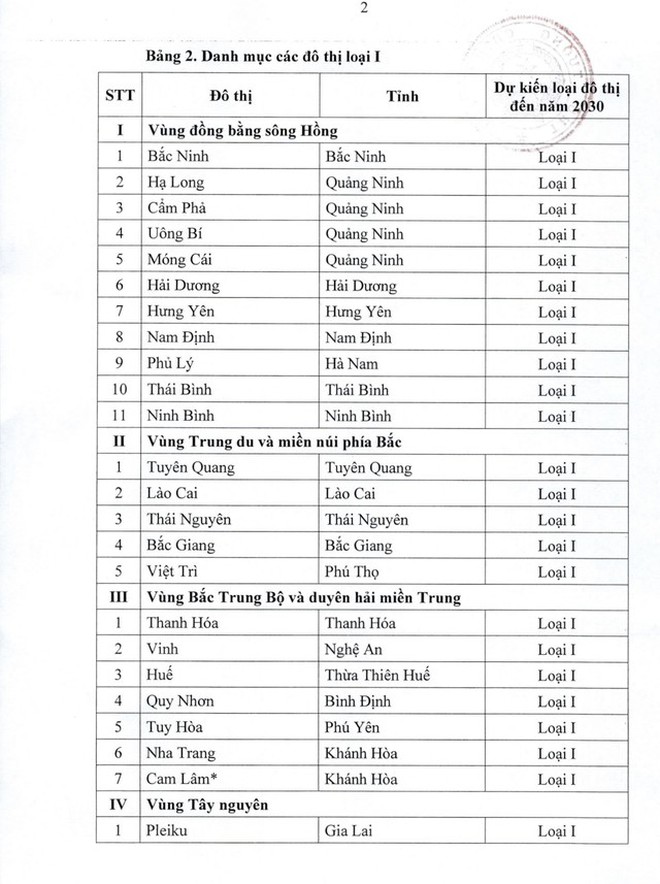
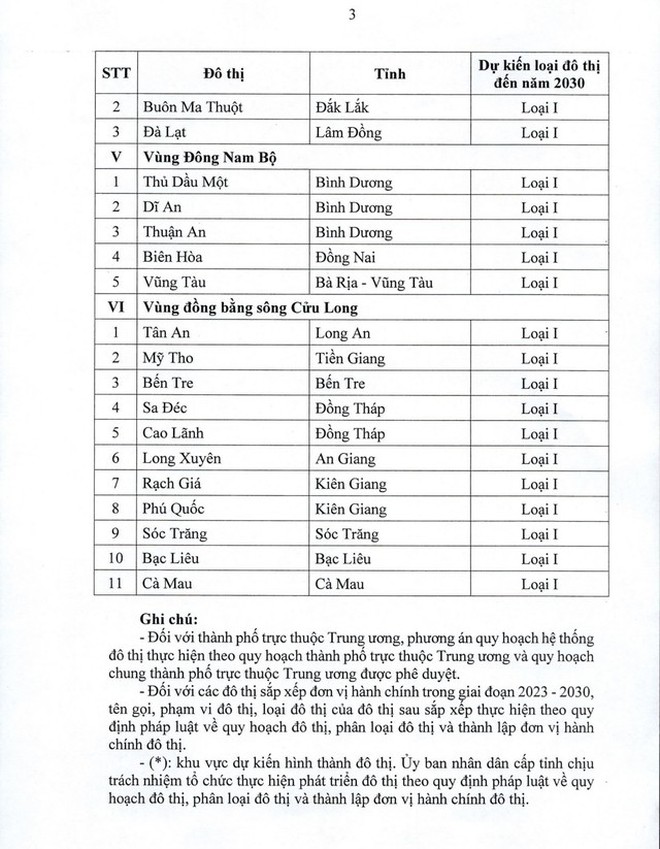
List of provinces oriented to become centrally governed cities and type I cities – Photo: Chinhphu.vn
The decision also approves the list of 42 type I cities, including 11 in the Red River Delta region, five in the North Central and Central Coastal region, seven in the North Central and Central Coastal region, three in the Central Highlands region, five in the Southeast region, and 11 in the Mekong Delta region.
Criteria for Centrally Governed Cities
According to Resolution No. 27/2022/UBTVQH15, effective from January 1, 2023, the criteria for centrally governed cities will undergo changes in terms of population scale and number of administrative units. The specific criteria are as follows:
First, a population of 1,000,000 or more.
Second, a natural area of 1,500 km2 or more.
Third, in terms of administrative units: There should be at least nine districts directly under the city; the ratio of districts, towns, and cities directly under the central government to the total number of district-level administrative units should be 60% or higher, including at least two districts.
Fourth, the city must be recognized as a special or type I city, or the area planned for the establishment of a centrally governed city must meet the criteria for a special or type I city.
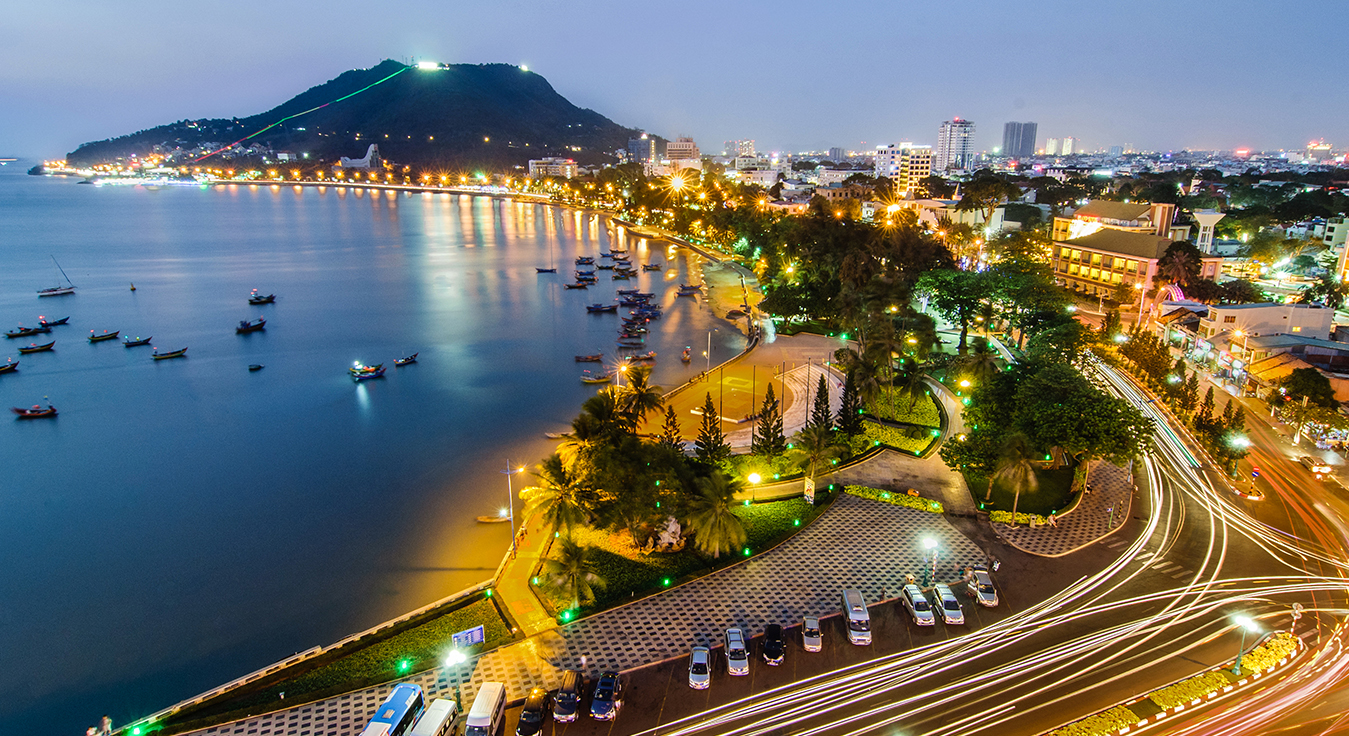
Ba Ria – Vung Tau Province is oriented to become a centrally governed city – Photo: Chinhphu.vn
Fifth, the economic and social development standards must meet the regulations stipulated in the appendix to the Resolution, specifically:
– Balanced budget revenue and expenditure: Sufficient
– Average monthly income per person compared to the national average (times): 1.75
– Average economic growth rate for the last three years (%): Equal to the national average
– Average multi-dimensional poverty rate for the last three years (%): Equal to the national average
– Proportion of industry, construction, and services in the economic structure: 90%
– Proportion of non-agricultural labor in the inner city, inner town, town, district, and ward: 90%
Sixth, for cities with special characteristics, the minimum standards for population scale and economic and social development structure are set at 50% of the prescribed standards for the respective cities. Other standards shall be implemented as per regulations.
For cities with two special characteristics, the minimum standards for population scale and the ratio of districts, towns, and cities directly under the central government to the total number of district-level administrative units are set at 50% of the prescribed standards. Other standards shall be implemented as per regulations. These special characteristics include having a tangible cultural heritage site recognized by UNESCO or being recognized as an international tourism center in an approved master plan.
For cities with multiple special characteristics, each standard shall only be applied with a reduction corresponding to one special characteristic.
The Complete Guide to the 10-Lane Road Cutting Through Hanoi’s Most Expensive Urban Area, Expected to Transform the Entire Real Estate Axis from West Lake to Ba Vi
The West Thang Long Road stretches 33km long and spans 60m wide, comprising of 10 lanes. Once completed, it will connect to various districts and suburban areas in the west of the capital city, driving the real estate potential in this region.






